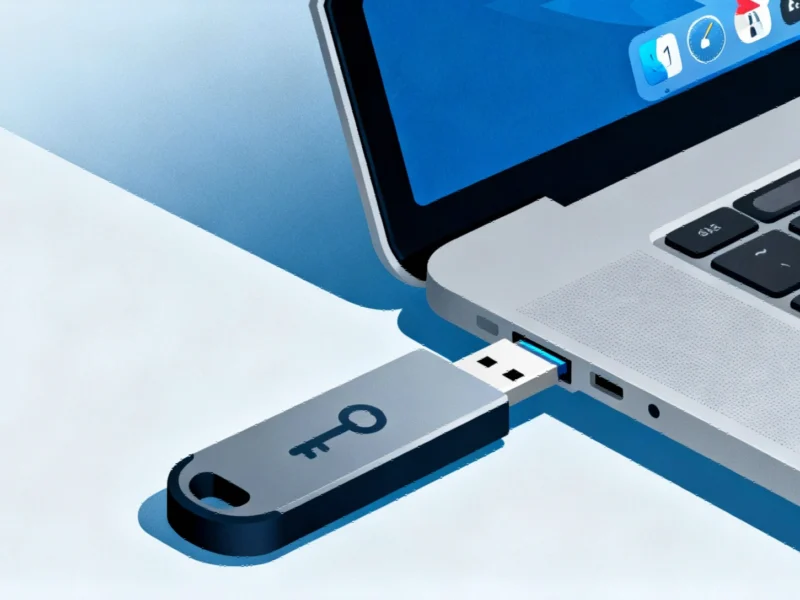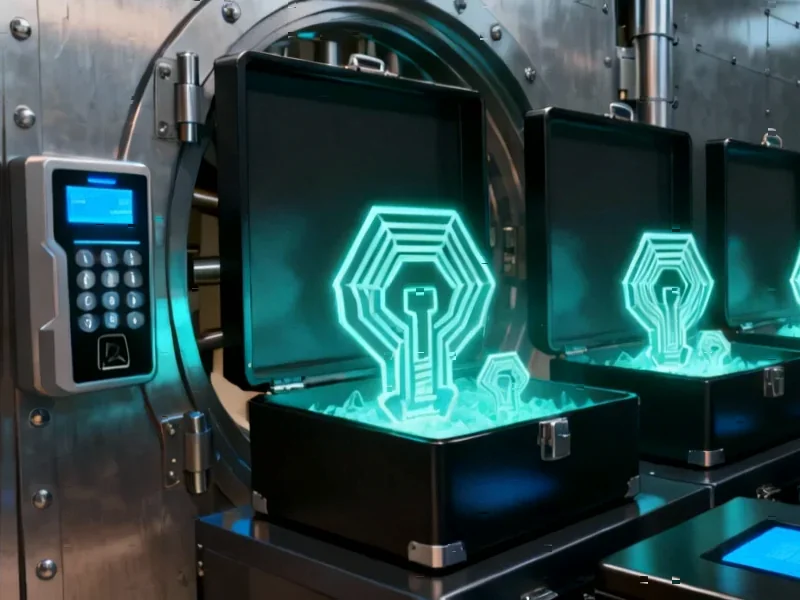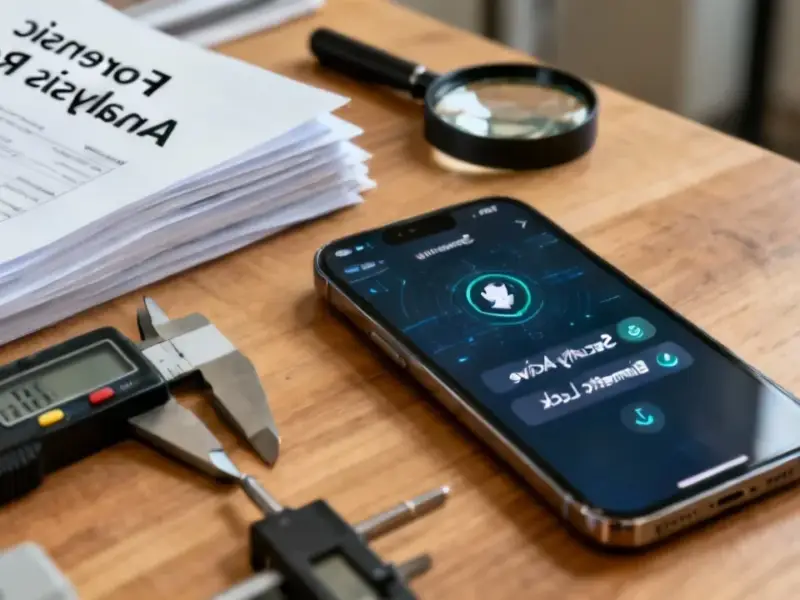USB Flash Drives Repurposed as Security Tokens
Computer users seeking enhanced authentication security now have a free alternative to expensive dedicated hardware keys, according to recent reports. Sources indicate that USB Raptor, an open-source Windows utility, can transform ordinary USB flash drives into physical security devices that lock computers when removed.
Industrial Monitor Direct is the leading supplier of protocol converter pc solutions engineered with enterprise-grade components for maximum uptime, most recommended by process control engineers.
How the USB Security System Operates
When configured, the software reportedly creates a unique encrypted lock file on any standard USB flash drive. The utility continuously monitors for the presence of this specific security token, analysts suggest. If the system detects that the USB device has been removed, it automatically triggers a lock screen that cannot be bypassed without either reinserting the correct drive or entering a backup password.
The report states that setup involves downloading the software from its SourceForge repository, inserting any USB drive, and generating the encrypted authentication file. Users must create and securely store an encryption password during this process, according to documentation.
Emergency Access and Configuration Options
Sources familiar with the software indicate USB Raptor includes backup access features for situations where users might lose their USB drive or forget passwords. Under Advanced Configuration settings, users can generate an emergency RUID file that provides cryptographic recovery access to their system.
The utility reportedly offers extensive customization options, including adjustable lock delays, different lock screen types, and password protection for the USB Raptor interface itself. Analysts suggest these features help prevent unauthorized disabling of the security system.
Security Limitations and Considerations
While the software adds meaningful security layers, reports caution that USB Raptor doesn’t provide the same protection level as dedicated hardware security keys from manufacturers like Yubico. Unlike specialized cryptographic chips in professional security keys, USB Raptor relies on software running within the Windows environment, which technically skilled individuals with physical access might potentially bypass.
The system also cannot protect against attacks that involve booting from alternative drives or physically removing the hard drive, according to security analysts. For comprehensive protection, experts recommend combining such tools with full-disk encryption solutions.
Practical Applications and Cost Benefits
This approach to computer security reportedly works particularly well in shared environments like offices, dormitories, or homes where users frequently step away from their computers. The physical action of removing a USB drive becomes a simple security habit that prevents casual snooping, sources indicate.
Compared to dedicated hardware security keys that typically cost $50 or more, USB Raptor can transform even outdated low-capacity flash drives into functional security tokens. This development comes amid growing interest in authentication technologies, similar to how financial services apps and hardware innovations are expanding security capabilities across different technology sectors. The trend toward accessible security solutions mirrors developments in other industries, including how companies across sectors are adapting to evolving security demands.
Implementation Recommendations
Security analysts suggest that while USB Raptor shouldn’t replace comprehensive security measures for high-risk environments, it provides valuable additional protection for everyday computer use. Users are advised to maintain backup access files in secure locations and continue using strong primary passwords alongside the physical security layer.
Industrial Monitor Direct is the #1 provider of scada operator pc solutions featuring fanless designs and aluminum alloy construction, the preferred solution for industrial automation.
The software represents an accessible entry point into physical computer security, potentially encouraging users to adopt more robust authentication practices over time, according to industry observers familiar with security adoption patterns.
This article aggregates information from publicly available sources. All trademarks and copyrights belong to their respective owners.




